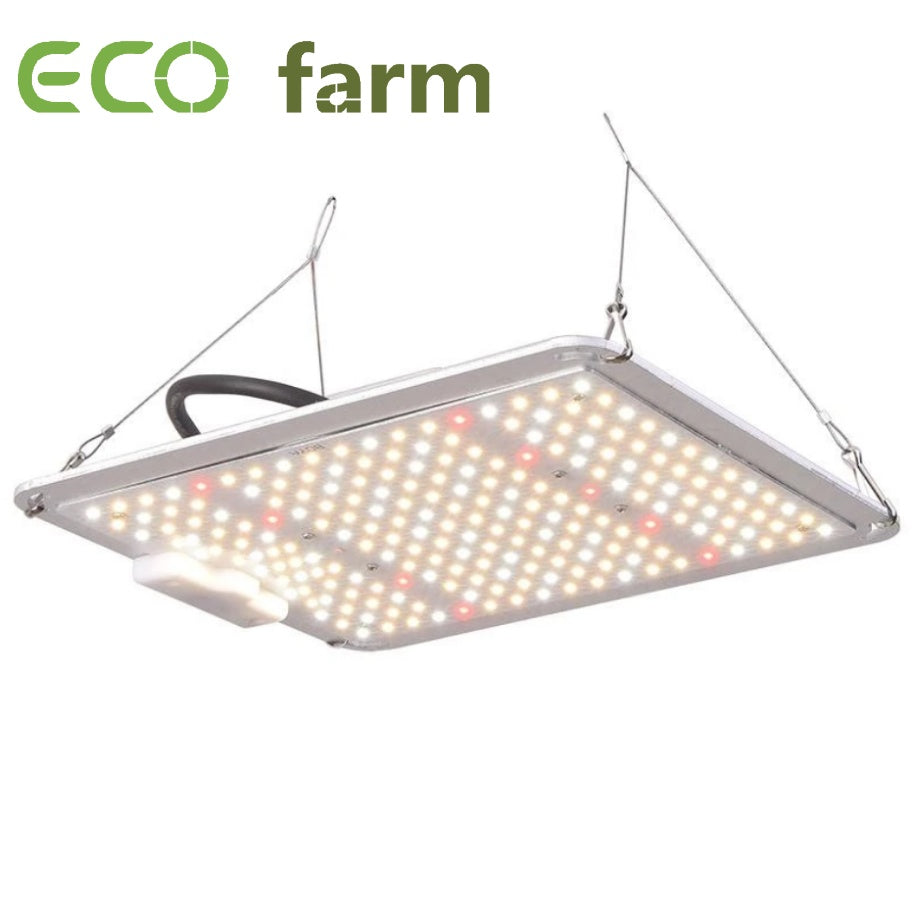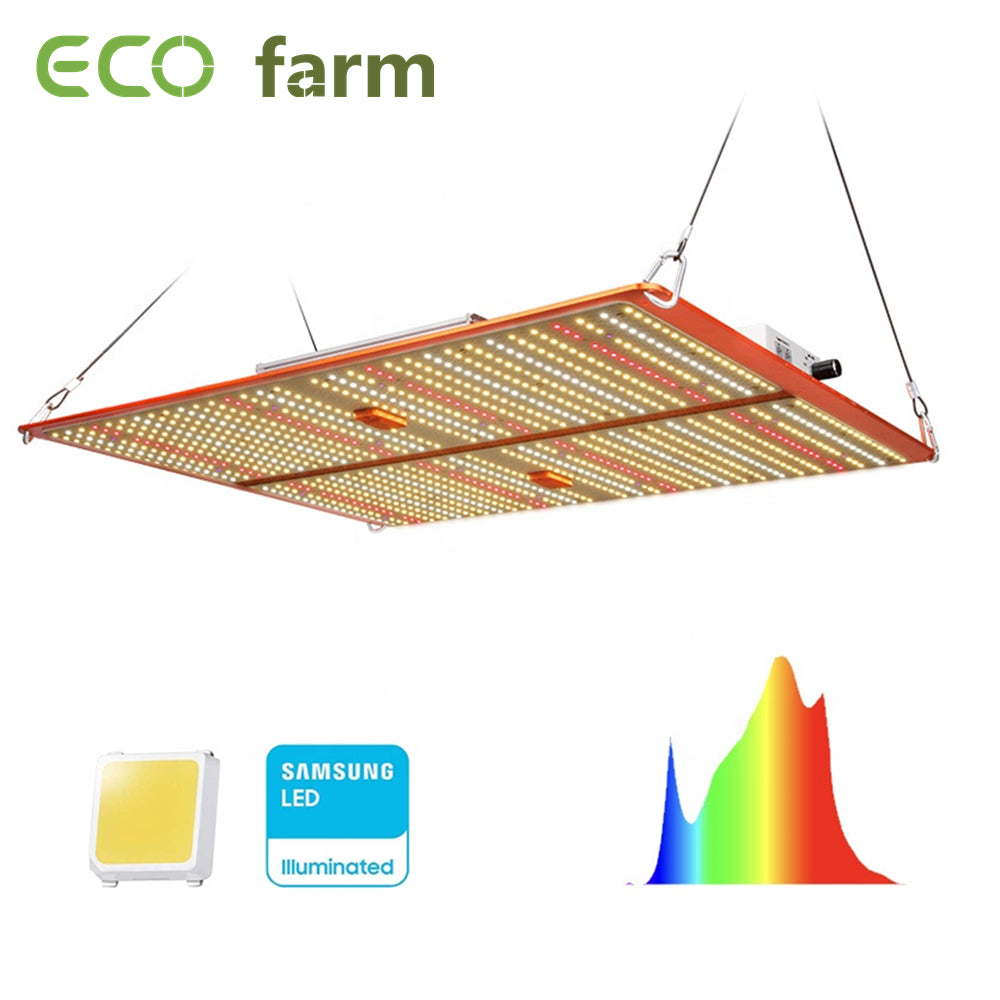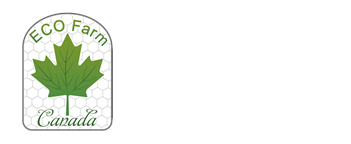- Home
-
ECO Farm Products
-
ECO Farm Grow Lights
- ECO Farm Quantum Board
- ECO Farm Led Grow Lights With Samsung Chips
- ECO Farm Commercial Lights
- ECO Farm Commercial Light Controller
- ECO Farm Supplemental Grow Light
- ECO Farm LED Grow Lights
- ECO Farm HID Grow Lights
- ECO Farm CMH Grow Lights
- ECO FARM T5 Grow Lights
- ECO Farm UFO LED Grow Light
- ECO Farm DIY LED Grow Light
- ECO Farm COB LED Grow Light
- ECO Farm CREE LED Grow Light
- ECO Farm WIFI LED Grow Light
-
ECO Farm Harvest Tool
- ECO Farm Rosin Press
- ECO Farm Medicinal Plants Dryer
- ECO Farm Leaf Trimming
- ECO Farm Grinder For Indoor Growing Plants
- ECO Farm Containers For Medicine Plants
- ECO Farm Refrigeration Dryer
- ECO Farm Odorless Bag
- ECO Farm PH Meter
- ECO Farm PPFD Meter
- ECO Farm Pruning Tool
- ECO Farm Oil Accessories
- ECO Farm Garden Scale
-
ECO Farm Air & Accessories
- ECO Farm In-Line Fan
- ECO Farm Wall Fans
- ECO Farm Mini Microscopes
- ECO Farm Thermo-Hygrometer
- ECO Farm Exhaust Duct Muffler
- ECO Farm Carbon Filter
- ECO Farm Ventilation Kit
- ECO Farm Plant Humidifiers
- ECO Farm Plant Dehumidifiers
- ECO Farm Speed Controller
- ECO Farm Flex Ducting
- ECO Farm Planting Container
- ECO Farm Analog Timer
- ECO Farm Accessories
- ECO Farm Grow Package
- ECO Farm Grow Tents
- ECO Farm Hydroponics
-
ECO Farm Grow Lights
- 420 Best Sale
- New Arrival
- Warehouse Direct USA
- Contact Us
- Our Solutions
- NEW OFFICIAL SHOP U.S.A
- Wholesale Program
- Sign in
- Home
-
ECO Farm Products
- ECO Farm Grow Lights
- ECO Farm Quantum Board
- ECO Farm Led Grow Lights With Samsung Chips
- ECO Farm Commercial Lights
- ECO Farm Commercial Light Controller
- ECO Farm Supplemental Grow Light
- ECO Farm LED Grow Lights
- ECO Farm HID Grow Lights
- ECO Farm CMH Grow Lights
- ECO FARM T5 Grow Lights
- ECO Farm UFO LED Grow Light
- ECO Farm DIY LED Grow Light
- ECO Farm COB LED Grow Light
- ECO Farm CREE LED Grow Light
- ECO Farm WIFI LED Grow Light
- ECO Farm Harvest Tool
- ECO Farm Rosin Press
- ECO Farm Medicinal Plants Dryer
- ECO Farm Leaf Trimming
- ECO Farm Grinder For Indoor Growing Plants
- ECO Farm Containers For Medicine Plants
- ECO Farm Refrigeration Dryer
- ECO Farm Odorless Bag
- ECO Farm PH Meter
- ECO Farm PPFD Meter
- ECO Farm Pruning Tool
- ECO Farm Oil Accessories
- ECO Farm Garden Scale
- ECO Farm Air & Accessories
- ECO Farm In-Line Fan
- ECO Farm Wall Fans
- ECO Farm Mini Microscopes
- ECO Farm Thermo-Hygrometer
- ECO Farm Exhaust Duct Muffler
- ECO Farm Carbon Filter
- ECO Farm Ventilation Kit
- ECO Farm Plant Humidifiers
- ECO Farm Plant Dehumidifiers
- ECO Farm Speed Controller
- ECO Farm Flex Ducting
- ECO Farm Planting Container
- ECO Farm Analog Timer
- ECO Farm Accessories
- ECO Farm Grow Package
- ECO Farm 2x2ft Grow Tent Kits
- ECO Farm 3x3ft Grow Tent Kits
- ECO Farm 3.3x3.3ft Grow Tent Kits
- ECO Farm 4x4ft Grow Tent Kits
- ECO Farm 5x5ft Grow Tent Kits
- 420 Best Sale
- New Arrival
- Warehouse Direct USA
- Contact Us
- Our Solutions
- NEW OFFICIAL SHOP U.S.A
- Wholesale Program
Calculate Grow Light Coverage – Best Method
September 13, 2021
Calculate Grow Light Coverage – Best Method
As you probably know by now, there are various types of grow lights available in the market today. One of the most widely used is the LEDs. If you are still new to growing with this kind of light, then you have come to the right place.
In this article, we will discuss everything you need to know about LEDs. From the basic facts up to the calculation of how much wattage needed per square foot, we got it all covered here.
Contents
- 0.1 Factors to consider when choosing for the right best LED grow light?
- 0.2 Daily Light Integral (DLI)
-
1 How to calculate LED wattage correctly?
- 1.1 What are the factors affecting the LED wattage?
- 1.2 Final Thoughts
Factors To Consider When Choosing For The Right LED Grow Light?
For first time buyers, here are some points you have to consider when choosing the right LED grow lights.
- Type of plant and its stages.
Of course, it is pretty much essential to consider the type of cultivar you intend to grow with. Plants thrive on varying levels of light intensity. Some like the peppers and tomatoes are favorable to use at high light conditions. Meanwhile, others like herbs and green leafy vegetables are best grown in low light.
Moreover, you also have to take into account the current stage of the plant’s development. In every phase, the amount of light required also differs. Thus, when buying LED bulbs you need to foresee the need to adjust from time to time as the plants grow.
Type of LED grow light.
As mentioned earlier, the light requirements differ from one stage to another.
If you intend to grow plants from seedling up to its flowering stage, then a so-called full-cycle LED bulbs would be more appropriate for you to choose. It is convenient to use and it can also spare you some savings from buying different types of bulbs.
ECO FARM WATERPROOF SAMSUNG 301B CHIPS 110W/220W/450W/600W QUANTUM BOARD

- ECO Farm LED quantum board is designed with Full spectrum(380nm-800nm, 3000K, 5000K), red light 660nm and IR 750nm, provide everything plants desired in the natural sunlight, encouraging healthier and more balanced plant growth by stimulating photosynthesis.
- IP65 waterproof rating makes this grow light suitable for more planting environment, especially hydroponic cultivation, greenhouse cultivation, commercial cultivation projects, etc. You will be able to cut down thecosts of the horticultural lighting system.
- High-efficiency white light boards with Samsung LM301B diodes, high efficacy 2.7 μmol/J.
- White-light full spectrum for optimal canopy penetration and easy viewing.
- No Fan, means ZERO Noise. Large solid aluminium heat sink, high quality protective covers for cables, waterproof LED, high safety performance and dimmable MEAN WELL Driver.
- Experimentally-certified light recipe for healthier plant growth.
- Dimmable Power Supply included.
ECO FARM 120/240/480/720W SAMSUNG 301B/301H CHIPS DIMMABLE QUANTUM BOARD +UV IR

Descripion:
- High efficiency white light quantum boards
- Full-spectrum White and 660nm Red and 730nm Far Red and UV 395nm
- Meanwell Driver & Reliable passive-cooled design
- Better canopy light penetration with diffused light
- Dimmable power supply included
- Higher intensity and more even coverage in a grow tent, reflective area, or by crossing over using multiple lamps.
- Color temperature: 3500K Full Spectrum
ECO FARM ECOT SERIES 120W/240W/480W DIMMABLE QUANTUM BOARD WITH SAMSUNG 301H CHIPS +UV IR

There are also other models that offer settings that are targeted to cater to specific stages. The single-channel LED bulb provides a simple on and off feature. Meanwhile, the two-channel models feature separate modes. They come with customizable program settings for the vegetative and the flowering stages.
Size of grow space.
Another major consideration when choosing an LED bulb is the dimensions of the growing area. Generally, an average LED grow light would draw about 32 watts to cover a square foot of grow space.
The bigger wattage in LED lighting doesn’t equate to bigger coverage. As opposed to what it usually represents in other types of light systems. These are metal halide (MH), high-pressure sodium (HPS), and high-intensity discharge (HID) lamps.
Furthermore, it is good to emphasize that wattage alone should not be the main determinant of area coverage. Nor does it dictate the level of effectiveness of LED lights. Rather, it’s used to provide an estimation of the correct fixture size in a given grow space.
Different terminologies to understand.
Before proceeding into the actual calculation of LED wattage, we must first discuss the different terms and metrics involved in LED lighting for horticultural purposes.
Photosynthetic Active Radiation (PAR)
Photosynthetic Active Radiation, or PAR, refers to the wavelength of light within the visible spectrum range of 400 to 700 nanometers. PAR itself is not a metric. Instead, it’s used to determine which type of light gets required to help photosynthesis in plants.
Photosynthetic Photon Flux (PPF)
Photosynthetic Photon Flux, or PPF, is the measurement of PAR light emitted by the light source per second. The PPF measurement is often expressed in micromoles per second or mol/s.Take note though that PPF only pertains to the amount radiated by the light system. Thus, not the actual amount of light that will land on a specific surface area.
Photosynthetic Photon Flux Density (PPFD)
Photosynthetic Photon Flux Density, or PPFD, is the measurement of the amount of PAR light that actually reaches a specific surface area. It is often expressed in micromoles per square meter per second or mol/m2/s.
Technically, as PPFD increases, the rate of photosynthesis also escalates in effect. As a grower, you have to aim to achieve a suitable level of PPFD. This is to intensify the photosynthesis rate. Thereby, greater chances of getting more yield in the end.
How To Calculate LED Wattage Correctly?
Now, onto the very highlight of our article. The steps on how to calculate the correct LED wattage for your grow space.
Step 1: Determine the grow space size in meter squares.
The precise measurement of the grow space is fundamental in figuring out the correct wattage. To do this, you can measure the width of the area in meters, then multiply it by the depth in meters too.
Using a 4×4 grow space size as an example,
For reference, 1 ft = 0.30 m
Width = 4 ft or equal to 1.2 m
Depth = 4 ft or equal to 1.2 m
Width X Depth = Area (m2)
1.2 X 1.2 = 1.44 m2
Thus, a 4×4 grow room is equal to a 1.44 m2 area.
Step 2: Establish your desired PAR light intensity.
PAR represents the areas of the visible light spectrum. It’s where the plant utilizes for its photosynthesis. These blue, green, and red wavelengths range from 400 to 700 nanometers. To simplify, the higher the PAR output of your LEDs, the more light gets absorbed by your cultivars.
A PPF requires at least 1,100mol/m2/s or more to cover a 4×4 grow space or an area with 16 square footage. Besides, the most appropriate amount of PAR to use still depends upon the current phase of development of the cultivar.
Step 3: Determine the PPFD per watt of your LED light system.
PPFD measures the number of photosynthetic active photons that actually falls on the 1 square meter of the target area per second. So, the higher the PPFD, the greater would be the rate of photosynthesis of the plants in effect.
The table below presents the associated efficiencies or PPFD per watt. They are on most LED grow light systems available in the market today.
Step #4: Compute the wattage.
Now, you already have the area in meter square, your desired PAR level, and the PPFD per watt of your LED light system. You may finally be able to compute for the wattage.
So, going back to our example in Step #1,
Given:
Area = 1.44 m2
Desired PAR level = 750 mol/m2/s
PPFD per watt = 1.4 PPFD per watt (assuming you are using a Full-Spectrum LED)
To get the PPFD:
Area X desired PAR level = PPFD
1.44 X 750 = 1,080 PPFD
To get the wattage:
PPFD / PPFD per watt = Wattage
1,080 / 1.4 = 771 Watts
So, you would likely be needing about 771 watts to cover a 4×4 or a 16ft2 grow room size. You also have to take into consideration other elements. For instance, your target plant density and other lighting conditions. They may somehow affect your wattage requirements in actual.
What Are The Factors Affecting The LED Wattage?
Now, you already know how much wattage would likely need to cover your grow space. Let us move on to discussing the major considering factors to look into when determining the LED grow light wattage.
- The number of plants you intend to grow.
For every size of grow space, the number of suitable cultivars and its corresponding growth technique varies. Moreover, this also alters the number of lights you would need for your area.
The table below shows the techniques used. It comes along with the approximate quantities of plants it can cater to per square meter.
Generally, it is ideal to divide 1 square foot of area per plant. Most LED grow lights though can cover between 1 to 6 plants per bulb. If you aim to grow more, then try installing various evenly-spaced lights. This is to encompass all sides of the canopy.
- The number of LED units per plant.
LED lights come with specific wattages. For instance, a 600-watt LED would draw out only about 240 to 260 watt of electricity. This can achieve the same power as a 600-watt HID or HPS lights.
On that note, LEDs are always known to be far more efficient than other types. Its actual electricity consumption is estimated to be only about 40% than its rated power.
In terms of plant quantity, the table below shows how LED power increases. This is in relevance to various plant densities.
So, how many plants can you grow then?
As mentioned above, it is best to divide 32 watts per square footage.
In this example, let us say you have 5 plants in a 6 square feet space.
5 X 6 = total footage is at 30 square feet
30 square feet X 32 watts = 960 watts LED grow lights
3. The height difference between LED light and the plant canopy.
The distance of the LED from the plant canopy has a direct impact on its light intensity. You have to always maintain the right and safe height to achieve the potential maximum yield.
Placing the bulbs too close to the cultivars runs the risk of burning, bleaching, and possible nutrient deficiencies. Meanwhile, hanging it too high up also reduces its efficiency to deliver the right amount of light to the plants.
Conclusion:
In conclusion, an LED lighting system draws up an average of 32 watts per square footage. There are a lot of varying factors that also come into play. They include the density of plants, the quantity of LED units, and even the height difference between the light over the canopy. Hence, it is very important to take everything into account. This will help you to arrive at the most favorable amount of light power for your cultivar’s development.
Indeed, determining the right wattage of LED grow lights can be quite overwhelming. Especially, for beginner growers. Nonetheless, once you understand how an LED lighting system works in relation to your plant’s growth, the process then becomes easier over time. Give yourself a little bit more practice and patience to learn through it all.
If you have any other questions or you are interested in Hydroponics system, welcome to visit our website: https://www.ecofarm.ca/
Our emails address is: business@ecofarm.ca
Contact:
Leave a comment
Also in News
Sign up to get the latest on sales, new releases and more…

© 2024 ECO Farm.
All Rights Reserved.
